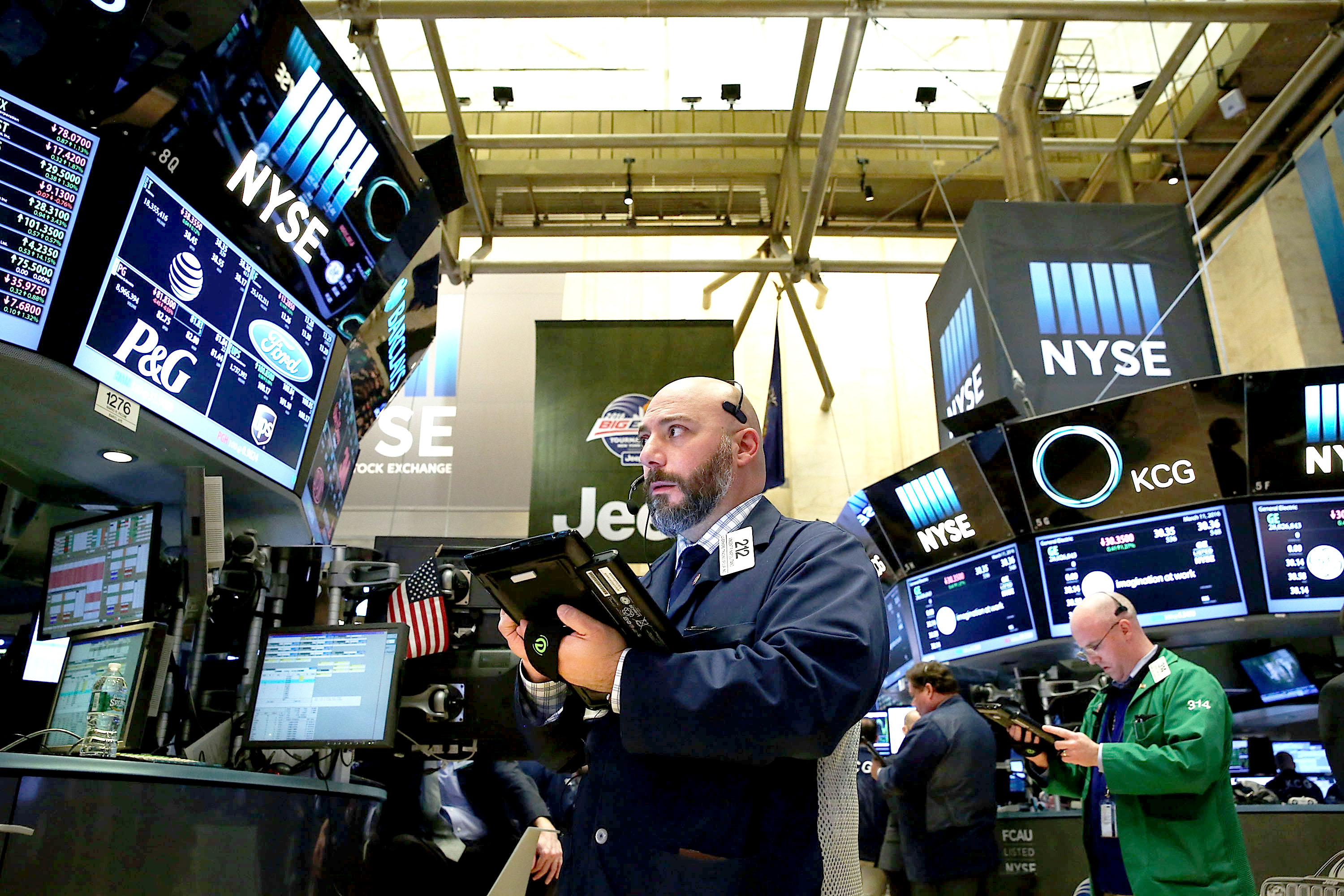China, the world’s second-largest economy, looked set for a weak start to 2016 after activity in the manufacturing sector contracted for a fifth straight month in December, suggesting the government may have to step up policy support to avert a sharper slowdown.
Economists are divided about the risks facing the vast Chinese economy, but agree that how they play out will have profound consequences for the rest of the world in 2016, Yahoo reported.
While China’s services sector ended 2015 on a strong note, the economy still appeared to be on track to grow at its slowest pace in a quarter of a century. The official manufacturing purchasing managers’ index stood at 49.7 in December, up only fractionally from November.
Zhou Hao, a senior economist at Commerzbank in Singapore, said that the slight improvement in manufacturing suggested that growth was stabilizing, but “the sector is still facing strong headwinds.”
Weak demand at home and abroad has weighed on China’s factories, adding to the problem of excess capacity and forcing them to cut prices. Total new orders rose to 50.2 in December from November’s 49.8, the survey showed, but export orders shrank for the 15th straight month.
Beijing Has Ammunition
It was perhaps fitting that China’s latest lackluster industrial survey was the first fragment of financial data to greet the New Year.
The optimists point to China’s large and growing middle class, the vast foreign currency reserves that give Beijing ample ammunition to respond to any crisis that emerges, and the authoritarian regime that allows its policymakers to force through economic change.
And official figures do suggest that economic growth may have stabilized at about 6.5%–considerably weaker than the double-digit pace that was the norm before the financial crisis, but not the feared “hard landing”.
Yet pessimists argue that the official figures radically overestimate the true pace of growth: using alternative indicators such as freight volumes and electricity usage, City analysts Fathom calculate that growth could be below 3%.
And last summer’s share price crash, and the chaos that surrounded Beijing’s decision to devalue the yuan, suggested there is no reason to think Chinese policymakers are any more in control of the forces of capitalism than their western counterparts were in the run-up to the financial crisis.
Consumption-Led Growth
China’s latest five-year plan involves a conscious attempt to switch growth away from the export-led model that has driven its rise to the economic premier league, and towards more sustainable, domestic consumption-led growth.
But with many of the country’s powerful state-owned enterprises loaded up with debt, property bubbles deflating and the knock-on effects of the share price crash still being felt, domestic demand has so far failed to pick up the slack.
The challenge of maintaining politically acceptable rates of economic growth may become tougher in 2016, particularly if the US Federal Reserve presses ahead with its bid to return interest rates to somewhere near normal.
Dollar to Hurt Yuan?
The value of the Chinese yuan is not allowed to move too far out of line with the dollar, under a “crawling peg”–effectively a semi-fixed exchange rate.
But as the greenback moves upwards to reflect the strengthening US economy and rising rates, it is taking the yuan with it, and making it harder for Chinese exporters to compete.
As the dollar continues to appreciate, it may become increasingly tempting for policymakers to abandon the peg and let the currency plunge, returning to the familiar export-led pattern of growth.
And if Beijing does devalue sharply, it would damage China’s exporting rivals, and send deflation rippling out through the global economy, increasing the risk of a lengthy period of economic weakness. China’s true fragility is impossible to gauge; but it matters.
Meanwhile, house prices, which have been a major drag on growth, appear to have benefited from the stimulus as well with a different set of figures showing a slight increase in new home prices last month. Prices rose 4.15% on an annual basis in China’s 100 biggest cities last month, according to the China Index Academy on Friday.


